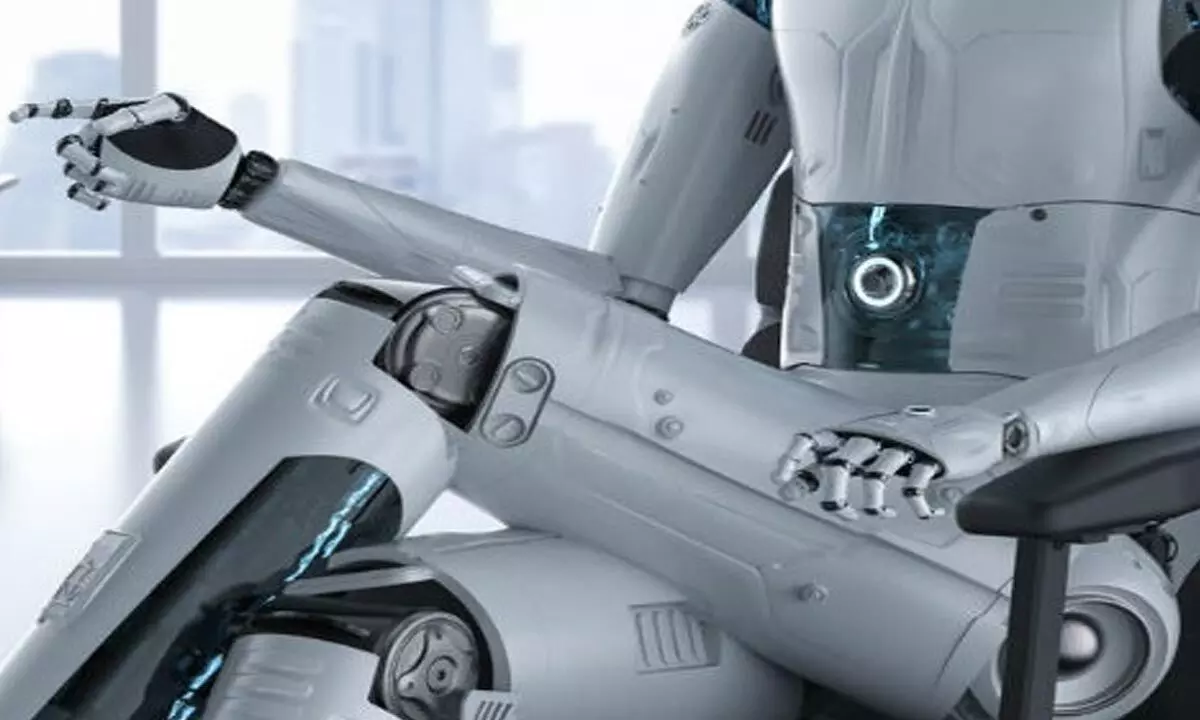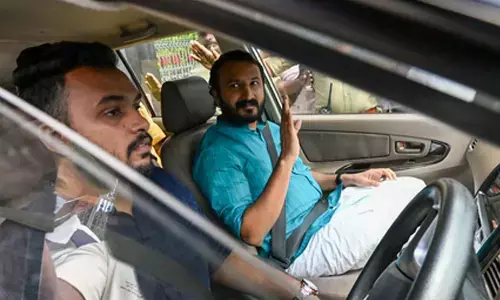How robots are revolutionising healthcare, especially orthopaedics
Share :

Robots have long been demonised in science fiction and the public imagination, by the very public that created them.
New Delhi: Robots have long been demonised in science fiction and the public imagination, by the very public that created them.
Nevertheless, doctors themselves now say that robots are capable of giving a healing touch, especially in the orthopaedic sector, where they can perform joint replacement.
Out of the several stages the surgeon performs, the robot completes two crucial ones in robotic-assisted joint replacement, the precise cutting of the bone, as well as the implant's size and positioning.
The lifespan of the knee replacement is determined by these two steps. These procedures are nearly always exact when performed by a skilled surgeon, but mistakes can happen occasionally.
The robot, therefore, gets rid of this mistake. Although this requires further study.
"To date, so far, all research on robotically assisted operations has demonstrated improved implant alignment and placement outcomes. It remains to be seen if this translates into improved clinical results and longevity. Studies that span one to three years have produced positive findings. Whether this translates to better clinical outcomes and longevity is yet to be proved. Short-term studies (1-3 years) have shown good results," Anant Kumar Tiwari, Professor and Head, Joint Replacement Centre, Sir Ganga Ram Hospital, New Delhi, told IANS.
Robotic technology has brought precision and better results to joint replacement surgery, revolutionising the procedure.
A 3D model of the patient's joint is produced using sophisticated imaging and computer algorithms, enabling customised surgical planning.
This accuracy lowers the possibility of human error, enhances joint function, and lessens pain following surgery.
Because robotic technologies enable real-time alterations, every surgery may be tailored to meet the specific demands of the patient.
Robotic systems will continue to improve joint replacement care as long as breakthroughs in technology are made.
"Robotic technology has revolutionised joint replacement surgery by providing precision and improved outcomes. Advanced imaging and computer algorithms create a 3D model of the patient's joint, allowing personalised surgical planning. This precision reduces human error, improves joint function, and reduces post-operative pain. Robotic systems also allow real-time adjustments, ensuring each surgery is tailored to the patient's unique needs. As advancements continue, robotic systems will continue to elevate joint replacement care," Atul Mishra, Senior Director -- Orthopaedics, Fortis Hospital, Noida, told IANS.
Overall, this is the age of technology where anything can happen but it is good as long as anything involves things like these.
















